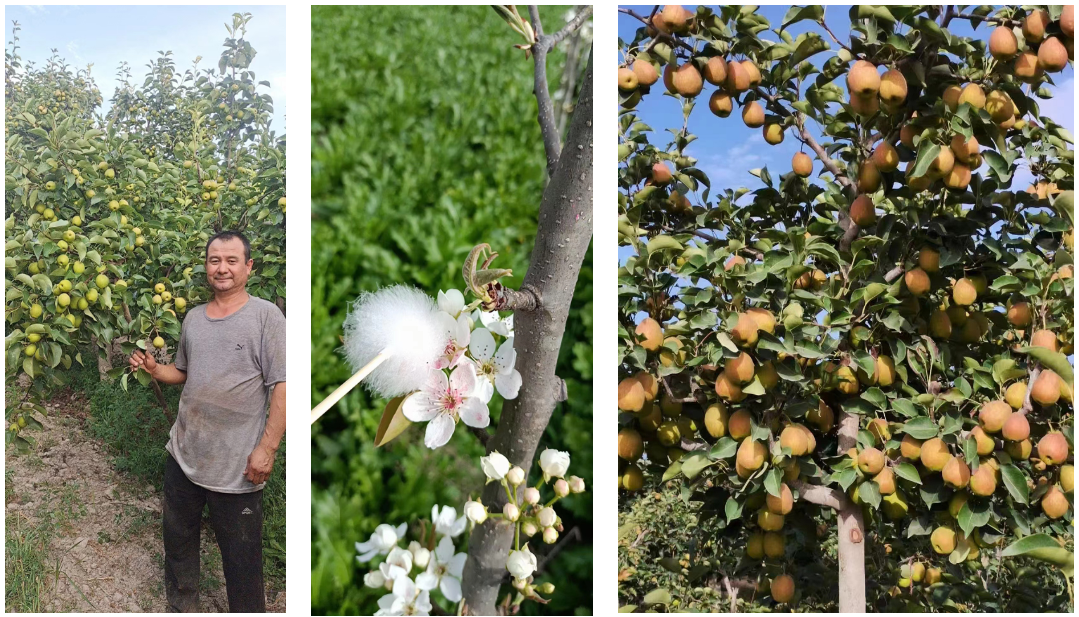жнів . 12, 2024 02:30 Back to list
The Importance of Apricot Pollen for Successful Pollination in Apricot Orchards
The Importance of Apricot Pollen for Pollination in Apricot Orchards
Pollination is a vital process in the life cycle of flowering plants, particularly for fruit-bearing species like apricots. In apricot orchards, effective pollination ensures a successful harvest, leading to healthy fruits that are vibrant in flavor and nutrition. Among the key players in this process is apricot pollen, a vital component that influences the quality and quantity of the apricot yield.
Apricot trees (Prunus armeniaca) are primarily pollinated by bees, particularly honeybees, which are attracted to the blossoms for their nectar and pollen. The flowers of the apricot tree are typically hermaphroditic, containing both male and female reproductive structures, yet they often benefit from cross-pollination. This is where apricot pollen plays a crucial role. Cross-pollination occurs when pollen from one apricot tree fertilizes the ovules of another apricot tree, leading to greater genetic diversity and generally improved fruit quality.
The presence of adequate pollen in an apricot orchard is essential for enhancing fruit set. Research indicates that when apricot trees are exposed to pollen from compatible varieties, the rate of fruit set increases significantly. This is particularly relevant for orchards where self-pollinating trees might struggle due to insufficient pollen availability. For cultivators, understanding the compatibility of different apricot varieties is essential, as certain types will produce more pollen than others and can significantly boost yields.
apricot pollen for pollination in apricot orchard quotes

Moreover, the timing of pollen availability coinciding with the flowering period of apricot trees is also crucial. Pollinators require not only the presence of flowers but also an abundance of pollen to facilitate the transfer from blossom to blossom effectively. In orchards, means of ensuring that the right varieties bloom concurrently must be strategically planned to secure optimal pollination. Farmers may introduce multiple apricot cultivars within their orchards to ensure that pollen is adequately distributed across trees during the peak flowering period.
Environmental factors also significantly impact the viability of apricot pollen. Temperature, humidity, and wind conditions can all affect how effectively pollen is transferred from one flower to another. Cold temperatures can hinder the activity of pollinators, while humidity impacts the pollen's stickiness and ability to travel. Thus, monitoring weather conditions and planning for optimal blooming periods becomes vital in maximizing the orchards' productivity.
Maintaining biodiversity in and around apricot orchards can significantly enhance pollination efficiency. Planting wildflowers and other suitable flowering plants nearby can attract more pollinators, providing them with additional food sources. This, in turn, supports apricot pollination by increasing the number of insects available to transport pollen between trees.
In conclusion, apricot pollen is not just a simple dust; it is a fundamental element in the complex web of fruit production. For apricot orchard owners, understanding the dynamics of pollination, pollen viability, and the importance of plant diversity can lead to bumper crops of flavor-rich, healthy apricots. As we continue to study and appreciate the intricacies of plant reproduction, it becomes clear that harnessing the power of apricot pollen is essential for sustainable fruit farming practices. By ensuring that both the trees and the pollinators thrive, we can secure a fruitful future for apricot orchards worldwide.
-
Pure Cherry Pollen: Boost Fruit Yields with Natural Pollination
NewsAug.30,2025
-
Precision Artificial Pollination: Maximize Crop Yields
NewsAug.29,2025
-
Premium Plant Pollen: Enhance Yields & Boost Research
NewsAug.28,2025
-
Artificial Pollination: Boost Crop Yields Efficiently
NewsAug.27,2025
-
Premium Kiwipollen for Sale | Male Kiwi Pollen Supply
NewsAug.26,2025
-
High-Quality Apple Tree Pollen for Sale - Boost Your Harvest!
NewsAug.25,2025